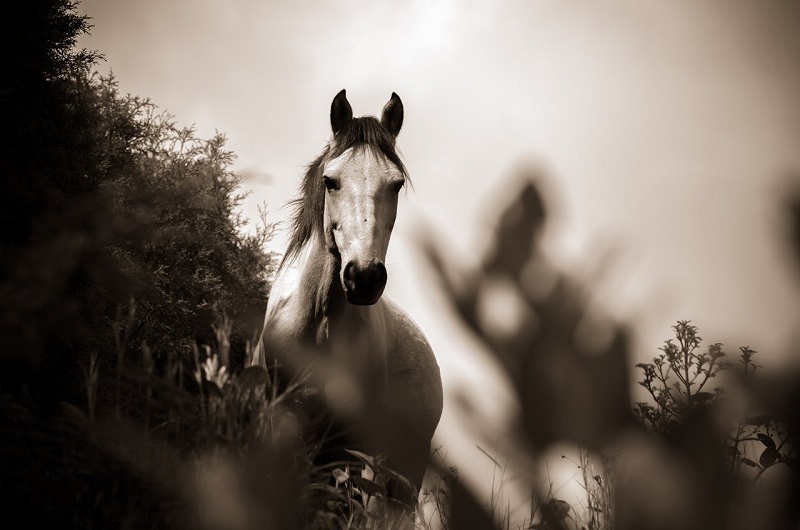There are few more popular sports to bet on online than horse racing. Fans of the sport are never short on options for wagering, with the action taking place on track across the globe throughout the season.
However, finding the winners of some of the biggest races on the schedule can often be testing, with research typically being the most important factor to consider before making a wager.
This process will enable bettors to find areas of potential value in the market, and it could also open up the opportunity to follow a number of interesting betting strategies.
So, how do horse racing odds work? And what are some of the most trusted betting strategies that are followed by horse racing bettors?
Dutching
Dutching is one of the most popular horse racing betting strategies that is followed by punters. Here, you will be betting on more than one horse to win the race, thus enhancing your chances of earning a return on your selection should you have the winner.
For example, you will bet $10 on two runners to total a maximum stake of $20. Providing that one of your selections wins the race, then you should cover this outlay. One of the biggest pros for this strategy is how straightforward it is, and therefore, it can be followed by even novice fans to the sport.
However, one of the most considerable drawbacks is the fact that at least one bet will be a loser. Also, if both horses lose, then you stand to lose even more money. Therefore, it is also used should there be two likely winners of the race, limiting the room for chance of ending the contest with zero returns.
80-20 Betting
Another popular betting strategy that is followed by experienced bettors is the 80-20 tactic. This isn’t too dissimilar to dutching, with the big difference being that the bigger stake is put on a favourite, and the smaller stake is put on a potential outsider in the field.
For example, if you have $100 to wager on a race, then $80 could be wagered on the short price runner, with the remaining $20 put on a potential dark horse contender. With both angles covered, bettors will stand to win a handsome return providing one of their runners gains the win.
Like Dutching, it is an excellent strategy to offer some insurance to your wager, as you are covered should the pre-race favourite falter. However, like the previously mentioned strategy, there is still a chance that both wagers could end up losing, meaning that two stakes could be lost within the same race.
Laying Favourites
A very prominent strategy for betting on horse racing among experienced gamblers is laying favourites. In essence, this means betting on the favourite to lose, covering every other possible angle as a bet. This gives the bettor more runners in the race, and they will require the market leader to lose the race in order to get returns from their selection.
This is a very popular angle for bettors if they are very against the favourite winning the race after studying the form. That could include a factor that the market hasn’t taken into account, such as the market leader being unproven over the distance or questions to ask on the ground. The odds are much shorter when laying favourites, which means the bettor will need to put down a more considerable stake in order to win higher returns.
Bets can also be placed on outsiders not to win races, but this could backfire quickly should a runner at a big price eventually come through to win the race. Taking into account all the possible form lines is essential before opting to make a lay selection.
Show Betting
Bettors that are looking for one of the most risk-free strategies to follow could land on making show betting selections. Show betting is one of the most straightforward types of wagers to understand, as you will be picking a runner that will finish in the first three positions of the race.
Odds in this market are typically much skinnier, meaning that you may not stand to win more in terms of returns, but you should theoretically have a better chance of finding a winner. This type of market is an excellent way to pick up small but consistent returns on selections, as it shouldn’t be as testing to find a horse to finish in the top three places throughout a day on the track.
The biggest drawback of this type of market comes from the fact that the odds available are much shorter, meaning that you will need a consistent stream of winners to get healthy returns. This is especially the case if you’re siding with favourites to finish in the top three, as this could be priced up as short as -600.


